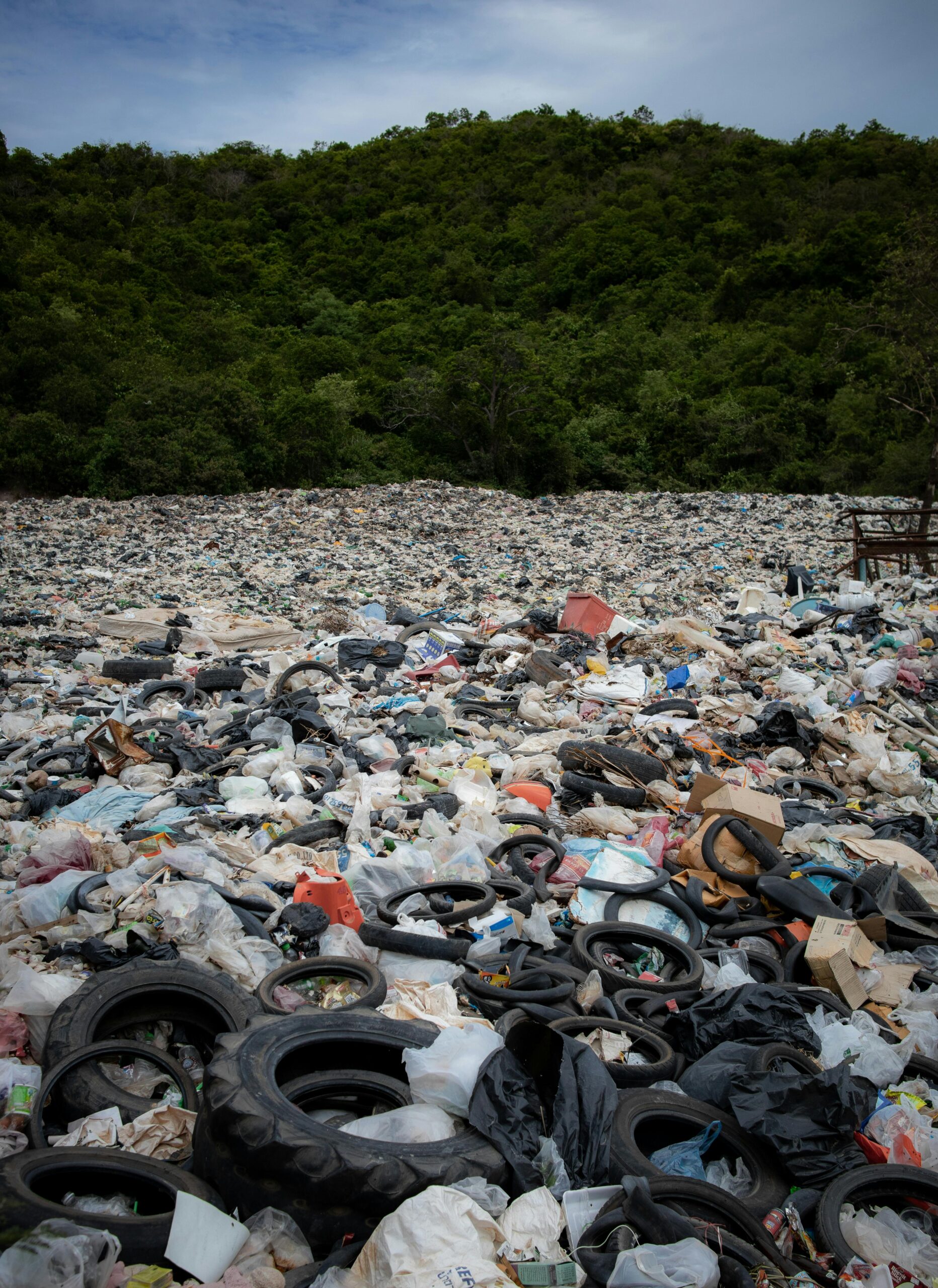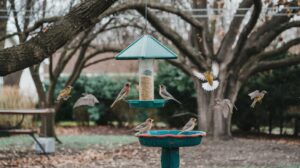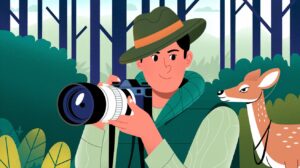As you venture into nature’s wild places, the sights and sounds fill you with awe and wonder. Yet a creeping silence falls where once the chorus of life rang out. Habitats degrade, development encroaches, pollution spreads insidiously. Forces beyond your control and even understanding diminish Earth’s abundance of life. But knowledge empowers action.
Arm yourself with facts on threats driving population declines. As humanity’s reach extends across the globe, accept responsibility to protect our fellow travelers on this planet – the wild creatures adding beauty, balance and diversity to the world. Be the voice for the voiceless. Your informed commitment can help preserve nature’s treasures for generations to come.
The Major Threats to Wildlife Populations
Habitat Loss and Fragmentation The greatest threat to wildlife is the loss and fragmentation of habitat. As the human population grows, wildlife habitat is converted for agricultural use, housing, and infrastructure. This results in loss of space for wildlife to live and breed, as well as fragmentation of remaining habitat into smaller, isolated patches. Many species require large, contiguous areas of habitat to survive, and fragmentation inhibits movement between areas.
Poaching and Illegal Wildlife Trade
Poaching and illegal wildlife trade pose a serious threat to many species. High market demand for products like rhino horn, elephant ivory, tiger bone, and shark fins drives poaching. Although many countries have banned the trade of wildlife products, black markets persist due to high profits. Tens of thousands of elephants and rhinos have been poached in recent years to meet demand.
Invasive Species
Invasive species introduced by humans outcompete native wildlife for resources and habitat. They prey on native species and spread diseases to which native species have no immunity. Invasive plants can also outcompete native vegetation that provides food and shelter for wildlife. Controlling invasive species is challenging once they become established, so prevention of introduction is critical.
Pollution
Pollution from sources like plastics, pesticides, mining, and fossil fuels poses risks to wildlife health, reproduction, and survival. Plastic pollution harms and kills wildlife through entanglement and ingestion. Pesticides and other chemicals accumulate in the tissues of animals and plants, disrupting growth, development, and reproduction. Mining pollution contaminates air, water, and soil, damaging habitat and poisoning wildlife. With increasing industrialization, pollution is a growing threat.
Climate Change
Changes in climate and weather patterns due to human activity are damaging wildlife habitats and disrupting ecological relationships. As temperatures rise, the ranges of diseases and parasites may expand, threatening more species.
Changes in the timing of blooms and in the availability of food sources can leave some species without sustenance. Sea level rise, coastal erosion, more frequent wildfires, and more extreme weather events directly destroy habitat and threaten biodiversity. Climate change is an urgent threat intensifying the pressures on wildlife populations worldwide.
Habitat Loss and Fragmentation: The #1 Threat to Wildlife
Habitat Destruction
As the human population grows exponentially, wildlife habitats are destroyed to make way for agricultural land, housing, and commercial development. Habitat loss poses the greatest threat to biodiversity worldwide. When a habitat is destroyed, the wildlife in that area lose their homes and access to food, water, and breeding spaces. Many species cannot survive without their natural habitats.
Fragmentation of Habitat
Habitat fragmentation occurs when large expanses of habitat are broken up into smaller, disconnected patches. This makes it difficult for wildlife to find mates, food, and shelter. Fragmented habitats also expose wildlife to dangers from human activity and make them more vulnerable to predators. Roads, pipelines, and fences that cut through habitats can isolate wildlife populations and lead to inbreeding.
Effects on Wildlife
The loss and fragmentation of habitats have devastating effects on wildlife populations. Many species experience a decline in numbers or go extinct altogether due to lack of resources and increased threats. Those that survive often suffer from lack of genetic diversity and are at higher risk of disease. As more natural spaces disappear, conflicts between humans and wildlife also rise due to competition for land and resources.
Conservation Efforts
To protect wildlife from habitat loss and fragmentation, conservation efforts aim to preserve biodiversity hotspots, establish wildlife corridors and protected areas, curb deforestation, and promote sustainable land use. Individuals can also help by reducing waste, eating sustainable foods, and supporting organizations that protect habitats and wildlife. By valuing natural spaces and the species that inhabit them, we can ensure that wildlife populations are sustained for generations to come.
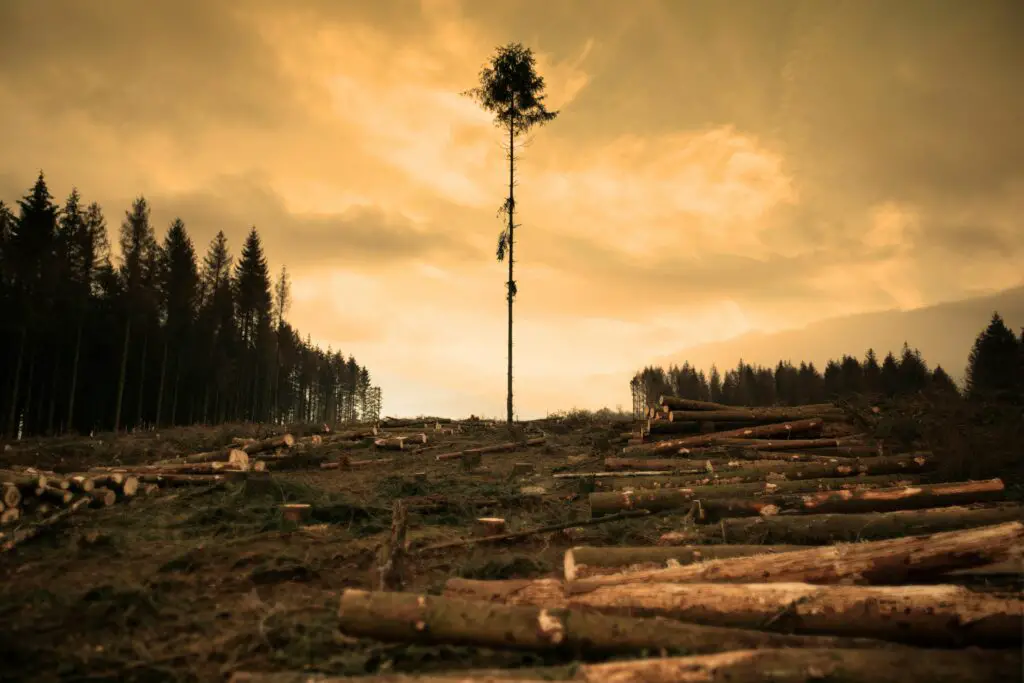
Effects of Climate Change on Wildlife Mortality
Climate change poses an existential threat to wildlife around the globe. As temperatures rise, weather events become more extreme, and habitats are altered, wildlife populations face devastating losses. ###Rising Sea Levels and Coastal Flooding Sea level rise and coastal flooding destroy coastal habitats like mangroves, wetlands, and coral reefs that many species rely on for food and shelter. With nowhere left to go, wildlife in these areas perish or are forced into populated areas where they may be killed due to human conflict.
Heatwaves and Drought Prolonged heatwaves and droughts can kill wildlife directly due to hyperthermia and dehydration or indirectly by reducing available food and habitat. After severe heatwaves, researchers have found birds dead in their nests and fish floating belly-up in rivers. As droughts persist, lack of vegetation leads to starvation and increased predation.
Spread of Diseases
Warming temperatures and changes in humidity are enabling diseases and parasites to spread more easily in wildlife populations. Tropical diseases are moving into new areas, and diseases that were once seasonal are now persisting year-round. Diseases that were previously non-lethal are now proving fatal as wildlife are already stressed by a changing climate.
Loss of Prey Species
As species that serve as prey for other wildlife decline or go extinct due to climate change impacts, predator populations also suffer. Polar bears and penguins are particularly at risk as ice sheets and krill populations decrease. Without their primary food sources, these predators struggle to find alternative prey and populations plummet.
Climate change is an urgent problem that threatens people and the planet. By reducing greenhouse gas emissions and protecting habitats, we can help ensure a future for wildlife. Every small act matters in the fight against climate change. Our wildlife deserves nothing less.
Pollution and Toxins: Silent Killers in the Environment
Chemical Pollutants
Various chemicals including pesticides, fertilizers, and industrial waste products enter the environment, polluting the air, water, and soil. These chemicals accumulate in the tissues of wildlife, causing immune system damage, hormone imbalance, and reproductive issues. For example, DDT, a now-banned pesticide, caused egg shell thinning and nesting failure in birds of prey like peregrine falcons.
Plastic Pollution
Plastic pollution poses a serious threat to wildlife. Animals often mistake plastic for food, leading to choking, starvation, and poisoning. Sea turtles mistake plastic bags for jellyfish, their main food source, and birds feed plastic debris to their chicks. Microplastics, tiny plastic particles less than 5 mm in size, are ubiquitous pollutants found in oceans, lakes and rivers. Fish and other aquatic animals ingest these microplastics, which then make their way up the food chain. The long term effects of plastic consumption on wildlife health are still largely unknown.
Mining Pollution
Mining operations release heavy metals like mercury, lead and cadmium into the surrounding environment. These metals accumulate in the tissues of fish and other aquatic animals, posing dangers to wildlife further up the food chain. For example, mercury released from gold mining contaminates rivers and streams, accumulating in fish that are then eaten by birds and mammals. High levels of mercury cause neurological damage, hormone imbalance, and reproductive failure in wildlife.
Light and Noise Pollution
Excessive artificial light and noise disrupt natural wildlife behavior. Light pollution disorients nocturnal animals like bats and owls, interfering with navigation, foraging, and reproduction. Noise pollution stresses wildlife, raises heart rates, and impairs communication. For example, marine mammals like whales and dolphins rely on sound for navigation, hunting, and social interaction. Loud noises from ships, sonar, and offshore drilling disrupt these critical behaviors.
In summary, pollution in its many forms poses severe threats to wildlife health and survival. Urgent action must be taken to curb pollutants, plastics, mining waste, light and noise that are degrading habitats, accumulating in food chains, and undermining the ability of wildlife to thrive. By reducing pollution at its source, we can help create a cleaner environment where humans and wildlife alike can prosper.
Unknown Dangers and Mystery Disappearances in Wildlife Populations
Wildlife populations around the world have declined by over 60% in just the last 40 years according to the World Wildlife Fund. While poaching, habitat destruction, and pollution are well-known contributors, other dangers lurk in the shadows.
Disease
Infectious diseases can spread rapidly through wildlife populations with devastating effects. Bacteria, viruses, and parasites are often invisible killers that claim lives silently. For example, chytridiomycosis, a fungal disease, has caused a massive decline in amphibian populations. The fungus spreads through water and soil, infecting the skin of amphibians. Without treatment, mortality rates can reach 100% for some species.
Environmental Contaminants
Toxic chemicals like pesticides, heavy metals, and plastics enter the environment through agricultural and industrial activities, accumulating in the tissues of wildlife. Birds of prey that feed higher up the food chain, for example, often have high concentrations of environmental contaminants due to bioaccumulation. Exposure to these chemicals, even at low doses, can lead to cancer, birth defects, and reproductive issues that undermine population stability.
Climate Change
Rising global temperatures are linked to shifts in the timing of seasons, the severity and frequency of extreme weather events, and changes in rainfall patterns. These climatic changes disrupt ecological relationships and the availability of resources that wildlife populations depend on. For example, melting permafrost releases trapped methane, a potent greenhouse gas, creating a feedback loop. Climate change also enables the spread of diseases and allows invasive species to outcompete native wildlife, adding further strain.
While the threats to global wildlife are severe, conservation efforts aim to curb population declines by addressing issues like poaching and pollution. However, the insidious and complex dangers of disease, contaminants, and climate change continue to jeopardize wildlife populations in ways that often evade detection or solution. A deeper understanding of how these silent killers operate may help develop strategies to safeguard biodiversity for generations to come.
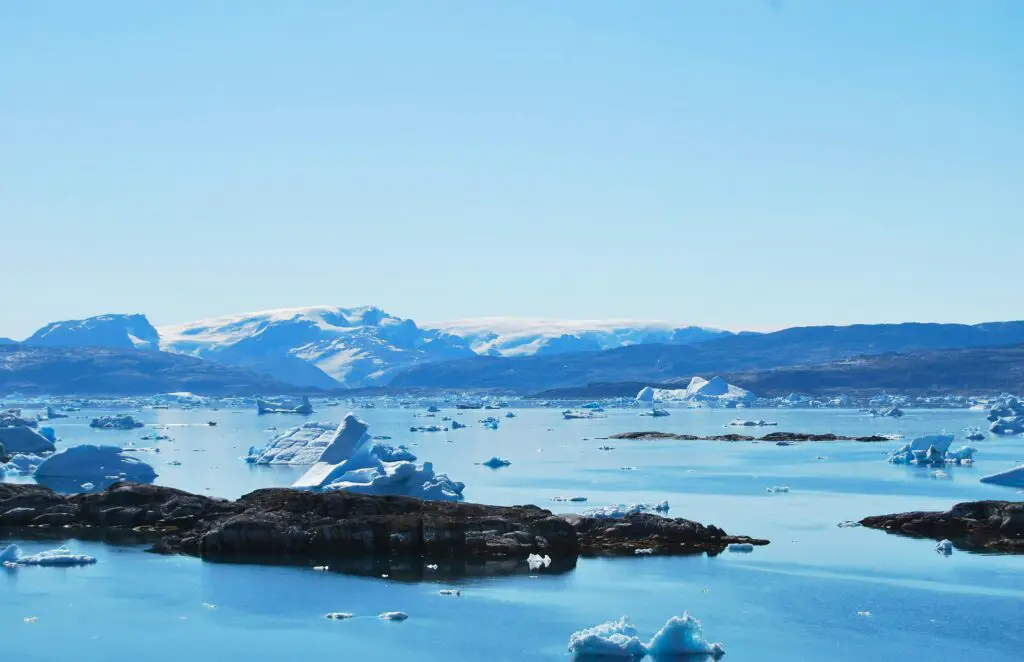
Conclusion
In closing, you must reflect on how wildlife populations are declining at an alarming rate. Habitat destruction, climate change, pollution, and poaching all contribute to the silent killing of animals around the world. As stewards of the planet, it is our collective responsibility to take action to preserve biodiversity for future generations.
Support conservation efforts, live sustainably, and spread awareness about threats to wildlife. With small changes in our daily lives, each of us can make a difference in protecting endangered species. The choices we make today will determine whether or not our children live in a world with elephants, rhinos, tigers, and other iconic wildlife. We all have a role to play in being a voice for the voiceless animals and reversing the effects leading to declining populations worldwide.

